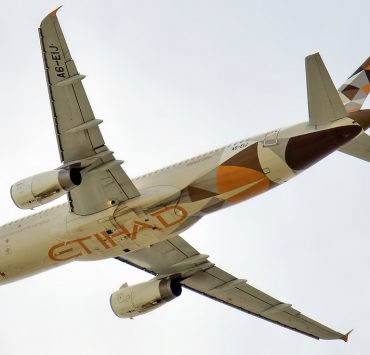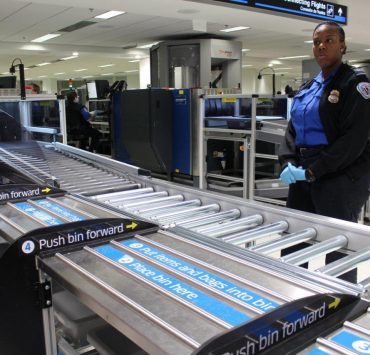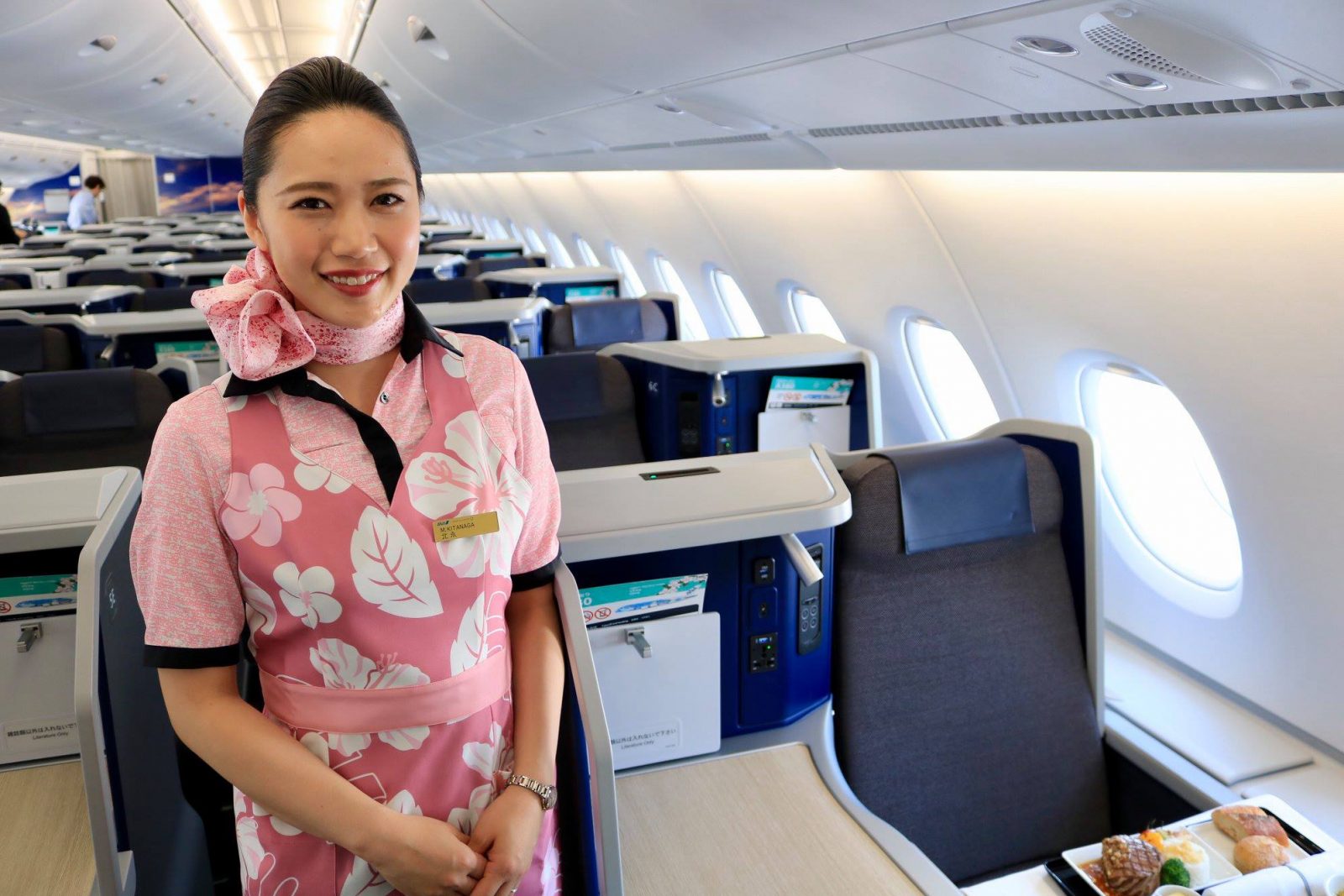
A couple of months ago Japenese carrier All Nippon Airways (ANA) became the last airline in the world to take delivery of its first ever Airbus A380. ANA currently has two double-deck superjumbos and a third is expected to be delivered next year – the airline has committed all three to operating the popular vacation route between Tokyo and Honolulu, with a special ‘Flying Honu’ livery adorning each one.
As the last commercial customer of the A830, the airline has learned some lessons from other operators and introduced a number of space-saving and passenger experience changes. One of the challenges that ANA has been grappling with is how to ensure effective communication between so many cabin crew members who are split across two levels.
After all, any crew member who has worked on an A380 can tell you it’s perfectly possible to finish a trip and not even recognise half of the crew as they get off the plane. But while all commercial planes have interphones to enable quick and easy communication between cabin crew (and flight crew), ANA has decided this isn’t the most effective solution on such a large aircraft with so many crew.
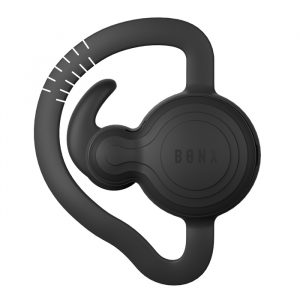
Instead, ANA has banished the interphone to the history books on its fleet of A380’s and has instead invested in a wireless, in-ear communication device made by a Tokyo-based company called BONX. The device combines an in-built microphone and earphone and is controlled by a bespoke smartphone app that allows flight attendants to instantly talk to one another wherever they might be in the plane.
“By making it easier for flight attendants to communicate with each other, they will be better equipped to meet passenger needs,” explains Akihiko Miura, Executive Vice President of ANA.
“These wearable devices are just one important tool that ANA is testing, and we look forward to harnessing the latest technological breakthroughs to improve every aspect of the travel experience.”
ANA cites the increased number of staff needed to operate an A380 for the reason the BONX system is being tested on these flights. The airline wants the wireless tech to replace the interphone, although the A380’s being delivered to ANA do still have wired interphones as a fallback.
It’s not known whether ANA plans to roll out the initiative to smaller planes but there are clearly plenty of use examples – even on single-aisle aircraft. ANA is actively reviewing feedback from crew and passengers to determine the next steps.
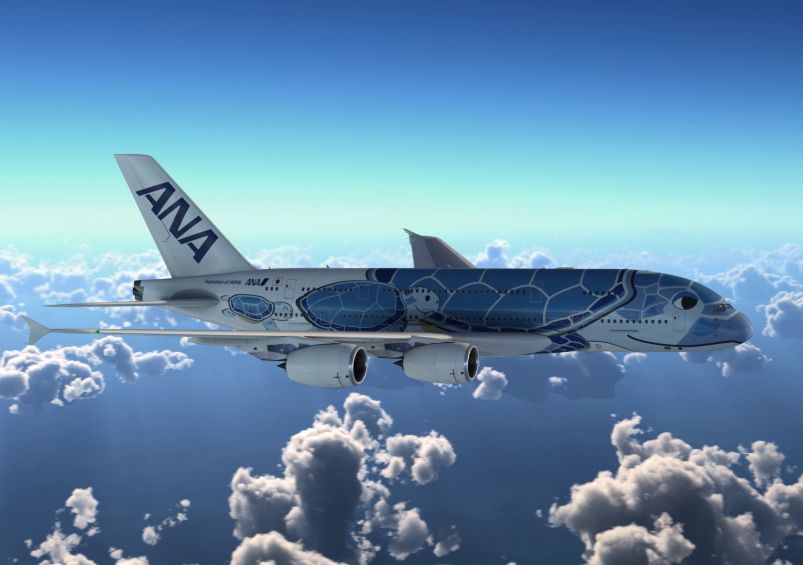
Not that ANA is the first airline to experiment with wearable tech. In 2014, Virgin Atlantic ran a high-profile but ultimately shortlived trial of Google Glass devices which were meant to make it easier for ground agents to provide a more personalised service to premium passengers.
And in 2017, Air New Zealand mused about the benefits of HoloLens – a Google Glass-type device developed by Microsoft that uses AI to aggregate and display key customer information onto a display in the line of sight of a flight attendant. Air New Zealand said one potential benefit of the system would be to help the airline go paper-free, although the HoleLens hasn’t been rolled out on a large scale.
Mateusz Maszczynski honed his skills as an international flight attendant at the most prominent airline in the Middle East and has been flying throughout the COVID-19 pandemic for a well-known European airline. Matt is passionate about the aviation industry and has become an expert in passenger experience and human-centric stories. Always keeping an ear close to the ground, Matt's industry insights, analysis and news coverage is frequently relied upon by some of the biggest names in journalism.







